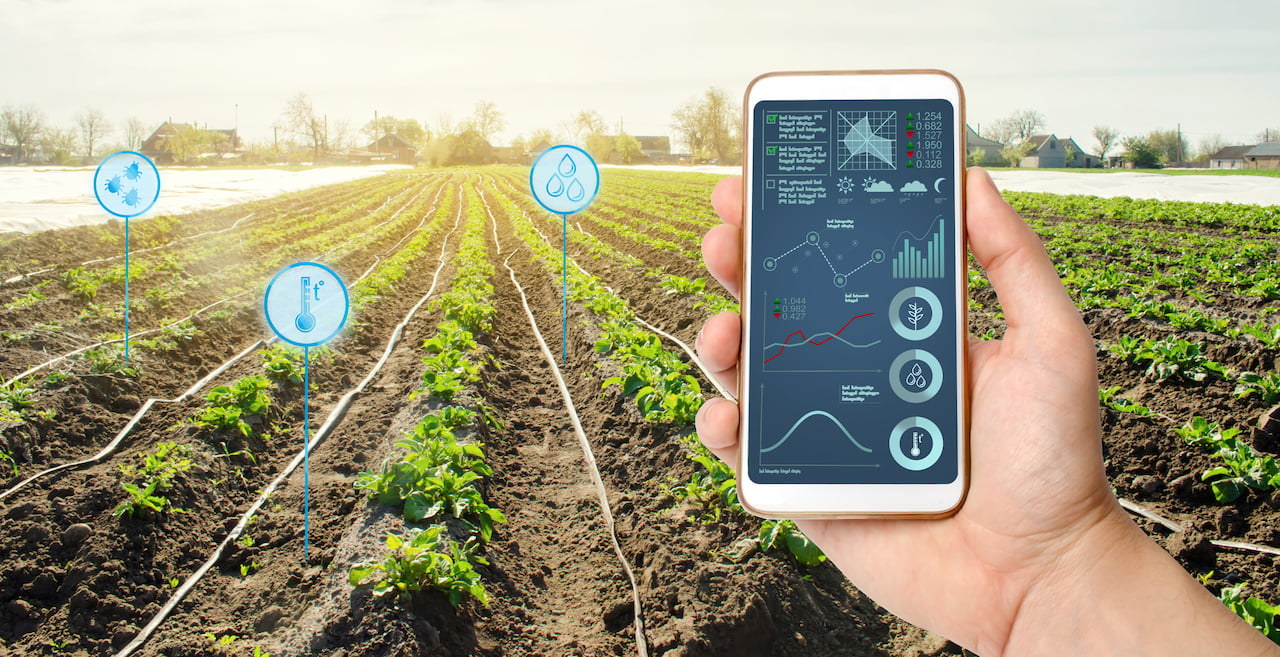
- October 2025 (3)
- September 2025 (3)
- August 2025 (3)
- July 2025 (2)
- June 2025 (3)
- May 2025 (3)
- April 2025 (3)
- March 2025 (2)
- February 2025 (1)
- December 2024 (2)
- November 2024 (1)
- August 2024 (2)
- June 2024 (3)
- May 2024 (3)
- April 2024 (1)
- March 2024 (3)
- February 2024 (2)
- January 2024 (2)
- December 2023 (1)
- November 2023 (2)
- October 2023 (2)
- September 2023 (1)
- August 2023 (1)
- July 2023 (2)
- June 2023 (3)
- May 2023 (2)
- March 2023 (4)
- January 2023 (2)
- November 2022 (2)
- September 2022 (1)
- August 2022 (2)
- July 2022 (2)
- June 2022 (1)
- May 2022 (1)
- April 2022 (3)
- March 2022 (1)
- February 2022 (3)
- January 2022 (2)
- December 2021 (1)
- November 2021 (1)
- October 2021 (2)
- September 2021 (3)
- August 2021 (1)
- July 2021 (4)
- May 2021 (2)
- April 2021 (2)
- March 2021 (2)
- February 2021 (3)
- January 2021 (3)
- December 2020 (1)
- October 2020 (1)
- August 2020 (1)
- August 2019 (1)
- January 2019 (2)
- September 2018 (5)
- June 2018 (1)
- November 2017 (1)
- September 2017 (1)
- July 2017 (1)
- May 2017 (1)
- January 2017 (1)
- October 2016 (2)
- August 2016 (1)
- July 2016 (1)
- June 2016 (1)
Subscribe by email
IoT projects incur many different production and operating costs through product development and post-deployment. This includes costs related to hardware and software, network connectivity, and cloud storage and processing.
IoT data costs, in particular, can be difficult to estimate if a company has no history of deploying cellular-connected solutions. Data usage can vary wildly between different devices–or even similar devices used in different ways, like cameras used seasonally for hunting versus always-on security. However, having a reasonable understanding of monthly data usage as early as possible is vital to successful IoT deployments. Not only is cellular connectivity a recurring expense but underestimating those costs can have a major impact on your project’s scalability.
In this article, we’ll break down the data forecasting process, explore the complexities behind data costs, and reveal how Zipit can help you economize on IoT connectivity and create a recurring revenue stream as a part of your business’s global scaling strategy.
How is data used in IoT?
IoT devices typically generate and store large amounts of application-related data that they then analyze and transmit to the cloud for additional analysis and storage. To send and receive that application data, these devices rely on network technologies like cellular, Wi-Fi, LoRa, Bluetooth, and more. In the case of cellular, devices use cellular data to transport application data to the cloud and that cellular data is provided by MNOs or MVNOs.
For example, Zipit delivers cellular services to device companies like BrightSign, Thermofisher Scientific, Magnadyne, and PharmRight to enable data transmission and remote administration.
Forecasting cellular data requirements
Every IoT deployment has unique needs that determine how much cellular data each device will use in a billing period. An IoT device’s data usage depends on what is required to perform its intended function. A tracking device, for instance, must be in constant communication to indicate its updated location, which may require higher data usage. In contrast, a thermostat remotely controlled with an app uses much less data, transmitting only when prompted. In order to make an accurate estimate of your deployment’s data usage requirements, you first must understand the key considerations that impact this number.
What influences data forecasting?
Several factors influence how much data your IoT deployment will likely require:
- Data packet size: Consider how much data each device will transmit during communication. The larger the data packets, the more data your devices will consume. This is particularly important for devices that send complex information, such as video or detailed sensor data.
- Transmission frequency: How often will your device send data? Devices that communicate continuously or frequently with the cloud or other devices will naturally require more data than those that transmit periodically. Understanding the rhythm of your device’s data transmissions helps in forecasting overall data usage.
- Location: The deployment location can impact data usage, especially if devices are in remote areas with limited connectivity options. Poor signal strength might require additional data for successful transmission or lead to more frequent communication attempts, increasing data usage.
- Deployment quantity: The number of devices in your deployment directly affects data consumption. A larger number of devices means higher cumulative data usage, which must be accounted for in your forecast. Ideally, your device quantity will grow over time, so data usage will increase as your business scales.
The greater the deployment’s data packet size, transmission frequency, and device quantity, the more data you should account for in the forecast. If the devices will be deployed in remote locations, plan for higher data usage in these areas.
How to estimate IoT data usage requirements
Estimating the cellular data usage requirements for your deployment involves careful consideration of many factors. If you have data from a previous IoT deployment, that historical information can serve as a valuable benchmark. If you don’t have a benchmark, you may have to test data consumption with a few devices to extrapolate what that would look like across your entire deployed base.
For businesses launching their first IoT deployment, forecasting begins with a close examination of the device’s specific use case. To estimate how much data your IoT device will require each day, you will need to know:
- Roughly how many hours your device will be transmitting data each day
- How much data your device will need to transfer each hour it’s active
When estimating your device’s data consumption per hour, be sure to factor in the deployment location.
Then, use this formula to calculate the amount of data used per day by each device:
h*B*u
- where, h = hours of data usage per day
- B = data used per hour
- u = unit of data (in KB, MB, GB, or TB)
Once you know how much data your device transmits each day, consider how much market share you anticipate your solution will acquire. The number of active devices will determine how much data your deployment requires each day.
Finally, it’s important to note that if you’re deploying a device with a seasonal application, you’ll need to account for the months the device is inactive. For example, HeatSiecker sells a monitoring solution for cow breeding. While farmers can breed cows any time of year, a farmer only spends about four months out of the year breeding cows. To accommodate the seasonality of their industry, Zipit helped HeatSiecker come up with a four-month subscription, which allows customers to temporarily turn off the service when it isn’t needed.
Forecasting data costs
As difficult as it can be to forecast data usage, predicting the cost of cellular data can be even more complex. Cellular data costs vary by provider (including the rates they’ve negotiated with their own suppliers), location, and other factors, and a global deployment may require several different providers if your primary connectivity provider isn’t authorized to sell globally.
Though complex, forecasting the usage and the cost of cellular data is a crucial part of budgeting for your IoT deployment. In this section, we’ll help you understand what impacts data costs and how to estimate the total cost of data for your IoT deployment.
How much does cellular IoT data cost?
IoT data costs can vary widely depending on the connectivity provider’s negotiated rates, specific data plans, average monthly data usage, and the total volume of devices (i.e. scale of the deployment). Most MNOs or carriers have a physical network footprint in their country of origin, and then negotiate roaming rates with others in regions outside of their home footprint. MVNOs don’t have a physical network and negotiate with MNOs to resell their services. Pricing varies a lot by company and by region.
Generally, data costs are lower for low-usage applications and devices that need to operate on long battery life and “check-in” infrequently. High-usage devices that require constant, high-volume transmission–such as security cameras and traffic monitoring systems–usually incur higher costs.
Ultimately, the IoT data plan with the best value is the one that provides efficient coverage tailored to your project’s unique data requirements. It should also offer the flexibility to adapt to changing data usage after deployment in case your initial forecasts were wrong or customer adoption really takes off. As an authorized reseller of the world’s tier-1 carriers, Zipit can offer a wide range of data plan solutions that fit to your business needs, including low- and high-usage plans, permanent roaming capability, access to power-save mode features, and more–all enabled by our strategic relationships.
The challenges of forecasting connectivity costs
Forecasting data requirements for IoT projects can be a complex task. Several variables can impact connectivity costs, making it difficult to estimate them accurately from the outset. Below are some of the key challenges you may face when trying to predict your deployment’s data expenses.
Unique project requirements
Every IoT project comes with its own set of specific needs, whether it’s the type of data being transmitted, the frequency of transmissions, or the geographical scope of the deployment. These unique requirements can significantly influence connectivity costs, making it hard to apply a one-size-fits-all approach to data forecasting.
Varied usage
Device data usage often varies from device to device and day to day. Some may transmit data continuously, while others communicate periodically. These fluctuations can lead to unpredictable data usage, which can introduce unexpected expenses if not accounted for.
Inconsistent costs
Carrier rates vary significantly on a global scale. Data costs in remote or less-connected regions are often higher than in urban areas with robust infrastructure. The cost of data also changes as your deployment grows, which can be difficult to monitor without a partner to help you manage connectivity.
Customizable data plans
While customizable data plans offer flexibility, they also introduce another layer of complexity to forecasting. Features like top-ups and data pooling make data usage more efficient, but it can be difficult to account for this flexibility when forecasting.
Contract negotiations
Since MVNOs negotiate contracts with MNOs, the cost of connectivity varies between different providers. Without an average cost of data, it’s difficult to estimate the cost of connectivity for your deployment.
Optimize cost efficiency with Zipit
Streamline your data cost management across multiple carriers and devices with Zipit Wireless. By leveraging our connectivity management platform with real-time, device-level data consumption tracking, you can easily identify inefficiencies and make informed decisions to optimize costs. As your project evolves, Zipit offers the flexibility to scale your data usage, ensuring your deployment remains future-proof and adaptable to changing needs.
In addition to cost optimization, Zipit empowers you to monetize connectivity with a recurring revenue billing model. Subscription billing adds a revenue stream, allowing you to reallocate resources and scale globally. Plus, customers can easily manage their data usage with a user-friendly, branded portal. Maximize your IoT project’s potential by partnering with Zipit for efficient, cost-effective data management.
You may also like:
Related Content
The latest IoT insights and platform updates from Zipit.
From the sales floor to supply chains, IoT solutions are reshaping retail with unp...
Internet-connected objects increasingly dominate both professional and personal sp...
The Internet of Things (IoT) has transformed industries by creating a network of i...



